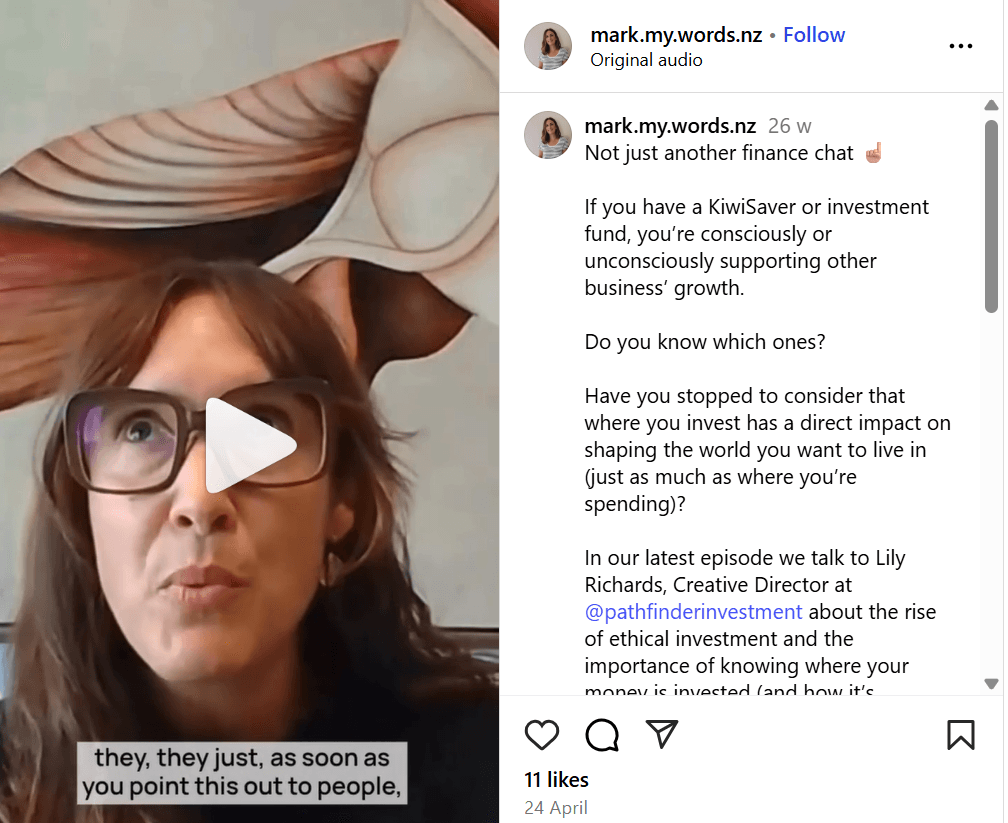Insights
Making the most of your KiwiSaver
Make the most of your KiwiSaver investment easily by understanding these basics.

Small amounts of money add up over time due to annual returns, compounding returns and government contributions. And it’s EASY. Make the most of your returns and free government money, here’s how….
Understanding Returns
Your KiwiSaver is an investment - it's invested in different assets (like stocks/shares, property, or bonds) by your provider. Assets that your provider invests in will increase or decrease in value over time, and this impacts the value of your investment, this change in value is referred to as ‘returns’.
For example, your KiwiSaver might have an annual return of 3%. That means over the past year, your investment has gone up in value by 3%. Similarly, your KiwiSaver might have a monthly return of -0.7%. That means over the past month, your investment has gone down in value by 0.7%. It's normal for your KiwiSaver return to fluctuate (move up and down) over time.
Different funds (of which there are many), have different returns - use this tool to work out which fund you should be in, and if you are unsure, you can contact us and we can talk you through the options.
Choosing the right fund
Generally, most KiwiSaver providers will offer to invest your savings in a conservative, balanced, growth or aggressive fund, although there are some other more specialised ones available (e.g. real estate or Australasian equities). Each one invests in different things that have varying levels of risk.
For example, a growth fund may invest over 70% of its funds in growth assets (like shares) and therefore will have the highest risk. However, it’s likely to deliver the highest returns in the long term. A conservative fund on the other hand will likely invest 80% or more in ‘income assets’ (such as cash or bonds) and therefore carries lower risk. But it’s also likely to deliver lower returns in the long term.
Aggressive and growth funds are more volatile which mean they will go up and down more, while conservative and defensive funds won’t go up and down as much, but they also have less potential for growth.
Everyone has a different personal risk tolerance generally based on how long you will be invested for and how you are likely to behave in a downturn. It’s your choice which fund your KiwiSaver is invested in, and you can change your fund type at any time.
Pathfinder has four fund types – Conservative, Balanced, Growth and High Growth. We explain the difference between them and show their rate of return here.
It’s important to remember there are risks involved in any type of investment. We recommend seeking financial advice, which we can help with. Give us a call on 0800 ETHICAL to chat. You could also take our online quiz to help you find the right fund for you.
Take advantage of free government money
All KiwiSavers are set up to receive annual government contributions if you put in a set amount each year. Find out more about what you need to do to maximise your government contributions.
Making contributions to your KiwiSaver
You can make voluntary contributions (lump sum or regular automatic payments) anytime via online banking. This might suit you if you go through a period of being self-employed or receive some money you would like to put towards retirement. If you are a contractor or self-employed, it’s important to continue contributing towards your KiwiSaver so you receive your government contributions and keep working towards your retirement goals.
There is more info on making contributions under our FAQ's
See what difference your contributions will make with our savings calculator.
This acronym could be costing you money – let’s talk about PIR
Tax - if you don’t have your tax rate correct you may be overpaying money to IRD. Your taxable income is determined by your PIR - ‘Prescribed Investor Rate’. You always need to pay tax on the returns you make on your investments, including your KiwiSaver. So, it’s good to check you are on the correct rate, especially if your salary changes. You can check your rate on the IRD website.
Find out more about KiwiSaver on our 'Learn' page here.


